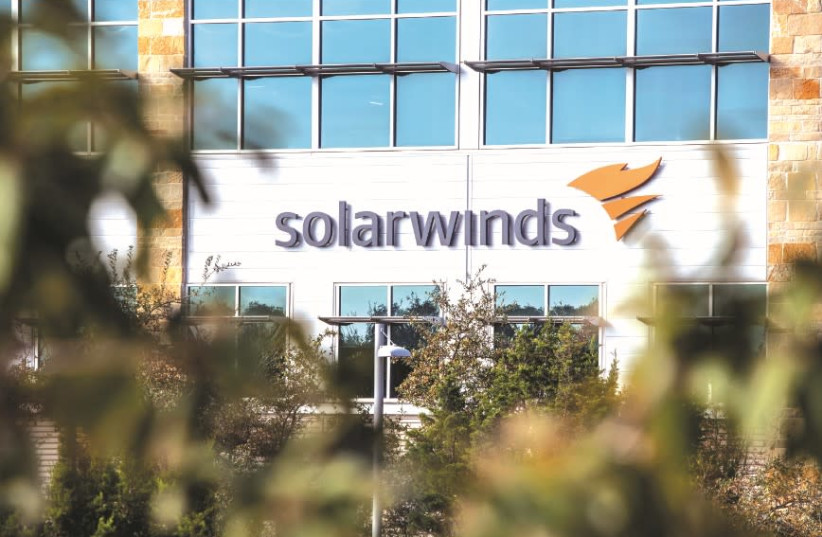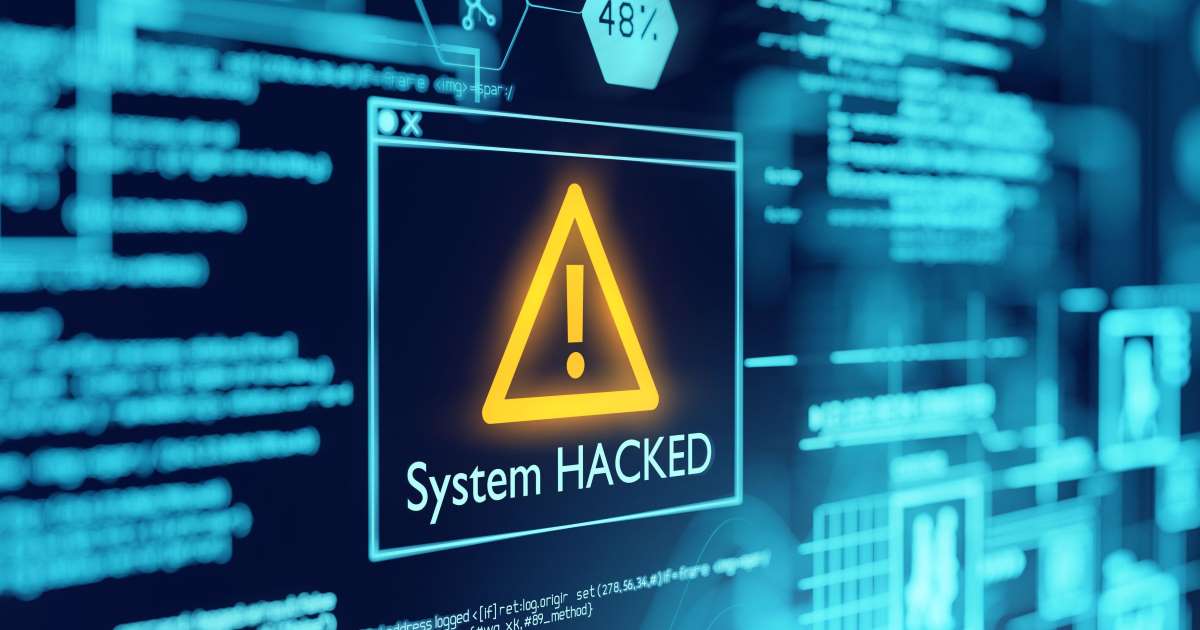Hospitals Getting Unexpected Support – iHLS
This post is also available in:
 עברית (Hebrew)
עברית (Hebrew)
Ransomware attacks on US healthcare have drastically increased in their sophistication and intensity over the last year, which is expected to continue into 2021.
In recent weeks, the data of multiple healthcare providers has been leaked online by ransomware hackers.
“Protecting the US healthcare system against prevalent cyber threats should be viewed as a patient safety, enterprise risk, and strategic priority” – claims the Center for Internet Security (CIS), a nonprofit focused on best practice solutions for cyber defense and community outreach.
This is the reason why the organization is offering all US hospitals free ransomware protection tools. Private hospitals in need of ransomware assistance can now leverage a free malicious domain blocking and reporting (MDBR) service from CIS and Akamai, a DNS vendor, through a no-cost Multi-State Information Sharing & Analysis Center (MS-ISAC) membership.
MS-ISAC is a division of the Department of Homeland Security Cybersecurity and Infrastructure Security Agency. Its free ransomware service tool was previously offered to federal, local, and other public health entities. More than 1,000 US government entities already employ the tool.
The free service is enabled by a $1 million investment of CIS funds for private hospitals this year. The tool has already blocked 95.56 percent of all malware attacks and 3.01 percent of phishing attacks on the MS-ISAC’s public health members, as of January 31. In December, the service stopped at least nine ransomware domain instances across nine public health entities.
The MDBR prevents IT systems from connecting to harmful web domains, which can help limit infections tied to known malware, ransomware, and phishing threats.
Further, CIS has offered to provide weekly reporting to each participating healthcare entitiy on both accepted and blocked requests, according to healthitsecurity.com.
CIS officials noted that the tool can be integrated into existing systems with reletively minimal effort.


